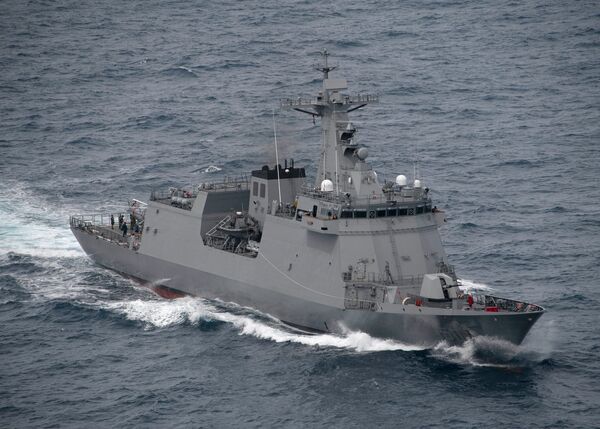
Philippines Navy frigate BRP Jose Rizal (FF-150) steams in a multinational formation during a photo exercise off the coast of Hawaii during the Rim of the Pacific (RIMPAC) exercise. (US Navy )
In November 2018 the Philippine Navy marked an important milestone in its history when one of its multi-purpose attack craft (MPAC) fired two Rafael Advanced Defense Systems Spike extended range (ER) surface-to-surface missiles. It was the naval force's first missile firing.
The milestone is remarkable because despite being the oldest naval force in Southeast Asia, the Philippine Navy arrived at the missile age decades after its neighbours operationalised this capability. This is also despite the service being responsible for the security of the third-longest coastline in the world, which encompasses more than 7,100 islands.
In addition to this, Manila is embroiled in a long-standing maritime territorial dispute with Beijing in the South China Sea and continues to battle active insurgencies by militants linked to the Abu Sayyaf Group (ASG) and the New People's Army (NPA). Given these operational requirements, it is remarkable how the Philippine Navy has been performing its duties with a fleet of mostly obsolete near-shore coastal vessels, patrol boats, and other Second World War-era equipment that have been transferred by its closest security partner, the US Navy (USN).
Combatant aspirations
Looking to read the full article?
Gain unlimited access to Janes news and more...







